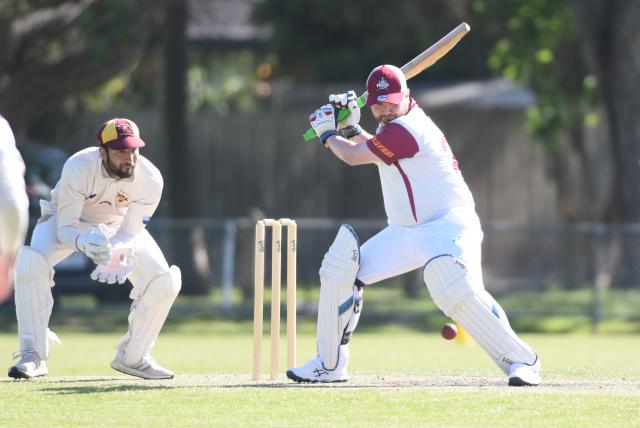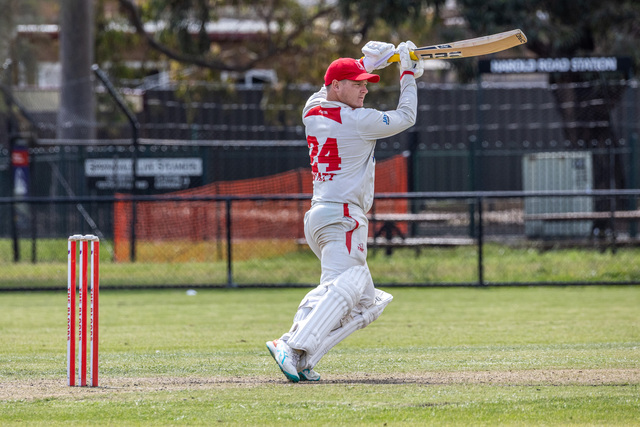Jack Johnson is the author of When the Clock Strikes, a fascinating account of growing up in Dandenong, his years tending to the city’s pipes and drains as a plumber and bringing up a family with wife Frances in their beloved home in Macpherson Street.
THE crowning fear of our early childhood at 88 McCrae Street was the stories the big kids told us about thieving gypsies.
Those stories frightened us the most, for there was nothing mythical about gypsies.
We had actually experienced close encounters with wandering bands of gypsies, their wagons and sometimes their savage mongrel dogs.
They often passed our place in McCrae Street on their way to their favourite camping spot for their covered wagons just across the old wooden bridge on the banks of the creek.
To hear “the gypsies are coming“ was the cry that put the most fear into our active young minds.
And it was even more alarming if you were away from the safety of home or the protection of adults.
The cry would come via the bush telegraph the minute the first wagon passed the Gladstone Road intersection and, sometimes, as late as when the first wagon had come over the top of the Melbourne Road hill up near the Scout Hall.
They travelled down the thin strip of roadway that is now the six lane Princes Highway to the foot of the hill where Lonsdale Street began.
If they were going to make camp by the McCrae Street Bridge they would angle their wagons into the wide gravelled area that linked McCrae, Cleeland and Clow streets and head up along McCrae Street towards the bridge.
If they were intending to camp by the creek in the area of bush that ran from the drill hall to the original swing bridge, opposite the intersection of Frankston Road, or if they were just passing through, they would head down the single track of Lonsdale Street.
We heard dozens of frightening stories about these probably innocent bands of nomadic people, or basked makers, or tinkers, or just plain wanderers.
The more we listened to the scaremongers the gorier their tales became.
Many of the gypsy women wore clothing and scarves that to a five-year-old kid did look unusual. Thus we believed that they were witches and fortune tellers.
We were told they were workers of black magic and makers of potions, which they brewed from chooks’ heads and rabbits’ guts in the cast-iron boilers they hung over their camp fires.
Most men carried a wicked looking hunting knife in a sheath on their belt. Some of them looked like small swords.
We knew that if they caught us near their wagon they would slit our throats.
Some of the wagons had steel barred boxes on their side or underneath, probably for their dogs or chooks.
We were told these cages were where we would be locked up if they caught us near their camp and, once imprisoned therein, we would become slaves until we were put on a pirate ship to be sold overseas at a slave market.
If you escaped from their clutches before they got you into one of the cages they were capable of sending a spell after you which would bring all sorts of plague and pestilence on your family and your frail little body and not even Nipper (Jack’s brother) was prepared to dismiss this with his usual “ah, bullshit!“.
So scared were we that if we suddenly came upon one of their camps we would bolt in terror like startled rabbits.
One of the most worrying tales we were told was about thieving gypsies who would steal everything that was not nailed down, as in those times our houses were never locked, day or night.
They would steal your chooks, the clothes off your clothes line, your veggies and any eggs still in your chook shed.
They were especially interested in well-sharpened axes like dad’s was.
And, if they did not get your stuff on their way past the first time, they would come back after dark when our family was asleep.






